Home>Technology>Home Entertainment Systems>What Is The Projector Throw Ratio
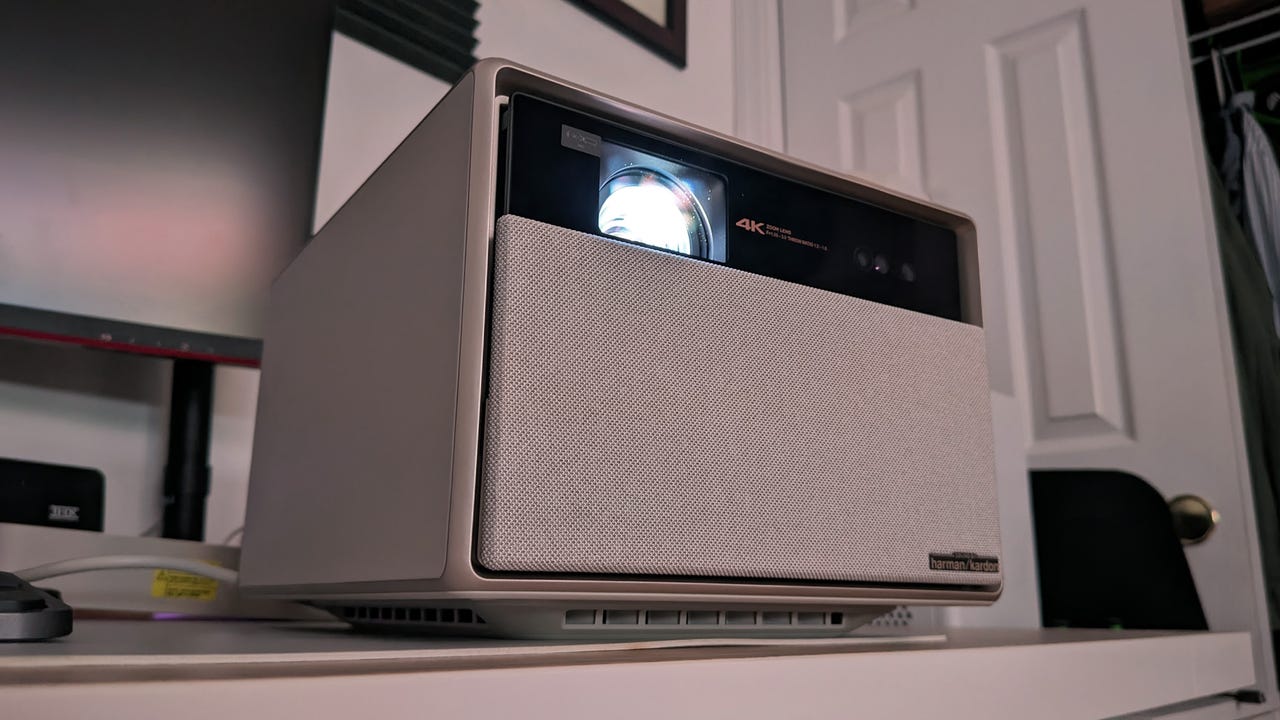

Home Entertainment Systems
What Is The Projector Throw Ratio
Modified: February 18, 2024
Learn about the projector throw ratio for home entertainment systems. Understand how it affects image size and placement in your setup. Find the right ratio for your viewing preferences.
(Many of the links in this article redirect to a specific reviewed product. Your purchase of these products through affiliate links helps to generate commission for Storables.com, at no extra cost. Learn more)
Introduction
Welcome to the world of home entertainment systems, where the magic of cinema comes alive in the comfort of your own living room. One essential component of a top-notch home theater setup is the projector, which has the power to transform any blank wall into a captivating canvas for your favorite movies, sports events, and video games. However, choosing the right projector involves considering various technical specifications, including the often-misunderstood projector throw ratio.
In this comprehensive guide, we will delve into the intricacies of projector throw ratios, unraveling the mystery behind this critical aspect of projector technology. By the end of this journey, you will gain a clear understanding of what projector throw ratio is, the different types available, how to calculate it, and most importantly, how to choose the right throw ratio for your specific home theater setup. So, grab your popcorn, get comfortable, and let's embark on this illuminating exploration of projector throw ratios.
Key Takeaways:
- Understanding Projector Throw Ratio
The projector throw ratio determines how far a projector needs to be from the screen to create the desired image size. Short throw projectors work best in small spaces, while long throw projectors are ideal for larger venues. - Choosing the Right Projector Throw Ratio
Consider your room size, screen size, and installation flexibility when choosing a projector throw ratio. Short throw projectors are great for small rooms, while long throw projectors are better for larger spaces.
Read more: What Is Aspect Ratio On Projector
Understanding Projector Throw Ratio
Before we delve into the technicalities, let’s grasp the fundamental concept of projector throw ratio. In simple terms, the throw ratio of a projector defines the distance between the projector and the screen in relation to the width of the projected image. This ratio plays a crucial role in determining the size of the projected image based on the available space in your viewing area.
Projector throw ratio is typically expressed as a range, such as 1.5-1.8:1. The first number represents the distance from the projector to the screen, while the second number signifies the width of the projected image. For instance, a throw ratio of 2:1 means that for every foot of screen width, the projector needs to be positioned 2 feet away. Understanding this ratio is vital for achieving the desired screen size within the constraints of your room’s dimensions.
It’s important to note that projectors with different throw ratios are designed for specific applications. Some are optimized for short-throw setups, ideal for small rooms or limited spaces, while others are engineered for long-throw environments, suited for larger areas or professional installations. Additionally, the throw ratio directly influences the projector’s zoom capabilities and the flexibility to adjust the image size without physically moving the device.
As we continue our exploration, we will uncover the implications of various throw ratios and how they impact the viewing experience. Understanding these nuances will empower you to make informed decisions when selecting a projector that perfectly aligns with your home entertainment aspirations.
Types of Projector Throw Ratios
Projector throw ratios come in different categories, each catering to specific spatial requirements and viewing preferences. Understanding the distinctions between these types is essential for determining which projector will best suit your home theater setup.
1. Short Throw Ratio:
Short throw projectors typically have a throw ratio of less than 1.0:1, allowing them to project large images from a close distance. This makes them ideal for small rooms or spaces where the projector needs to be placed near the screen. Short throw projectors minimize the risk of shadows being cast on the screen, making them popular choices for classroom settings, interactive displays, and home theaters with limited space.
2. Standard Throw Ratio:
Projectors with a standard throw ratio, often ranging from 1.2:1 to 2.0:1, strike a balance between distance and image size. They are versatile and suitable for most home theater setups, offering flexibility in placement while delivering impressive screen sizes. These projectors are commonly used in living rooms, dedicated home theaters, and conference rooms.
3. Long Throw Ratio:
Long throw projectors, with ratios exceeding 2.0:1, are designed for large venues and installations where the projector needs to be positioned at a considerable distance from the screen. These projectors are favored for auditoriums, lecture halls, and outdoor events, where the focus is on projecting expansive images onto sizable screens without compromising image quality.
Understanding the distinctions between these throw ratio categories empowers you to narrow down your options based on your room size, desired screen size, and installation preferences. With this knowledge, you can make an informed decision when selecting a projector that harmonizes seamlessly with your home entertainment environment.
The projector throw ratio is the distance between the projector and the screen, divided by the width of the projected image. A lower throw ratio means the projector can be placed closer to the screen for a larger image, while a higher throw ratio requires more distance for the same size image.
How to Calculate Projector Throw Ratio
Calculating the projector throw ratio is a straightforward process that involves understanding the distance between the projector and the screen in relation to the desired image size. By following a few simple steps, you can determine the throw ratio required for your specific home theater setup.
Step 1: Measure the Distance:
Start by measuring the distance from the projector’s lens to the screen. Ensure that this measurement is accurate, as it forms the basis for calculating the throw ratio.
Step 2: Determine the Image Width:
Next, measure the width of the image you want to project onto the screen. This measurement should be taken at the aspect ratio you plan to use, such as 16:9 for widescreen viewing.
Step 3: Calculate the Throw Ratio:
To calculate the throw ratio, simply divide the distance from the projector to the screen by the width of the image. For example, if the distance is 10 feet and the image width is 5 feet, the throw ratio would be 10/5, resulting in a throw ratio of 2:1.
It’s important to note that some projectors offer zoom capabilities, allowing you to adjust the image size without physically moving the projector. In such cases, the throw ratio may vary based on the zoom setting used. Always refer to the projector’s specifications and documentation for detailed information on how the throw ratio is affected by zoom adjustments.
By understanding how to calculate the throw ratio, you can accurately assess the compatibility of a projector with your viewing space and screen size requirements. This knowledge empowers you to make informed decisions when selecting a projector, ensuring that it seamlessly integrates into your home entertainment ecosystem.
Choosing the Right Projector Throw Ratio
When it comes to selecting the right projector throw ratio for your home entertainment system, several factors come into play. By considering these elements, you can make an informed decision that optimizes your viewing experience and ensures seamless integration with your space.
Room Size and Layout:
Assess the dimensions and layout of your viewing area. For smaller rooms or spaces with limited depth, a short throw projector with a low throw ratio is ideal, as it can project large images from a close distance without causing shadows or obstruction. In larger rooms or venues with ample space, a long throw projector with a higher throw ratio may be more suitable for projecting expansive images from a distance.
Screen Size and Aspect Ratio:
Determine the screen size and aspect ratio that best suits your viewing preferences. If you prefer a larger screen in a confined space, a short throw projector with a low throw ratio can accommodate this requirement. Conversely, if you have a spacious area and desire a sizable screen, a long throw projector with a higher throw ratio may be the optimal choice.
Installation Flexibility:
Consider the flexibility you need in projector placement. Short throw projectors offer more placement versatility in compact spaces, as they can be positioned closer to the screen. Standard throw projectors provide a balanced approach, accommodating various room sizes and placement options. Long throw projectors are designed for installations where the projector must be positioned at a considerable distance from the screen, offering flexibility in larger venues.
Image Size Adjustability:
Assess whether you require the ability to adjust the image size without physically moving the projector. Projectors with zoom capabilities can modify the throw ratio based on the zoom setting used, providing flexibility in adapting to different screen sizes without relocating the device.
By carefully evaluating these factors and understanding how they align with your specific home theater setup, you can confidently select a projector with the ideal throw ratio. This thoughtful approach ensures that your projector seamlessly integrates into your space, delivering an immersive and visually stunning viewing experience tailored to your preferences.
Read more: What Does Short Throw Projector Mean
Conclusion
Congratulations on completing this enlightening journey into the realm of projector throw ratios. We’ve unraveled the intricacies of this critical aspect of projector technology, empowering you with the knowledge to make informed decisions when selecting a projector for your home entertainment system.
Understanding the fundamentals of projector throw ratios, including their implications on distance, image size, and placement flexibility, is essential for creating a captivating viewing experience tailored to your space and preferences. Whether you’re considering a short throw projector for a cozy living room, a standard throw projector for a dedicated home theater, or a long throw projector for a large venue, the insights gained from this guide will guide you in making the perfect choice.
Remember, the key to choosing the right projector throw ratio lies in assessing your room size, desired screen size, installation preferences, and the need for image size adjustability. By carefully considering these factors, you can confidently select a projector that seamlessly integrates into your home entertainment ecosystem, delivering immersive visuals and captivating cinematic experiences.
As you embark on the exciting journey of creating your ideal home theater setup, may the knowledge gained here serve as a guiding light, illuminating the path to a mesmerizing and personalized viewing experience. With the perfect projector throw ratio at your disposal, every movie night, gaming session, or sports event will be infused with the magic of cinema, right in the comfort of your own home.
So, go forth and embark on this cinematic adventure, armed with the wisdom of projector throw ratios, and let the magic of home entertainment unfold before your eyes.
Frequently Asked Questions about What Is The Projector Throw Ratio
Was this page helpful?
At Storables.com, we guarantee accurate and reliable information. Our content, validated by Expert Board Contributors, is crafted following stringent Editorial Policies. We're committed to providing you with well-researched, expert-backed insights for all your informational needs.

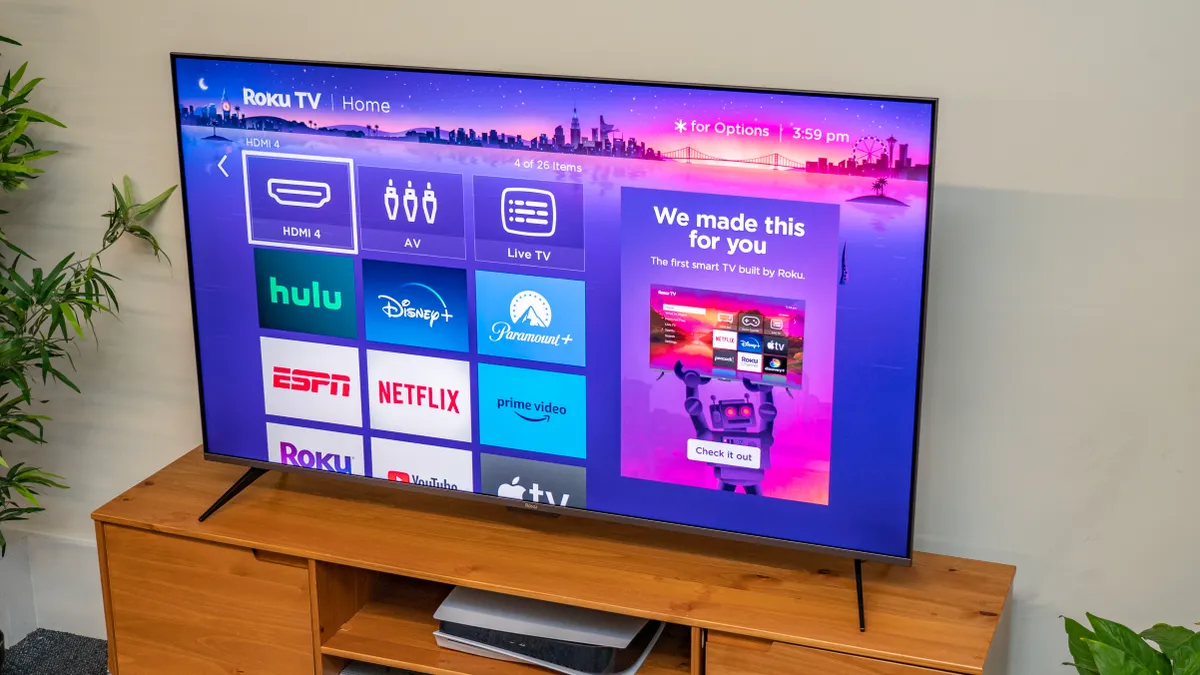


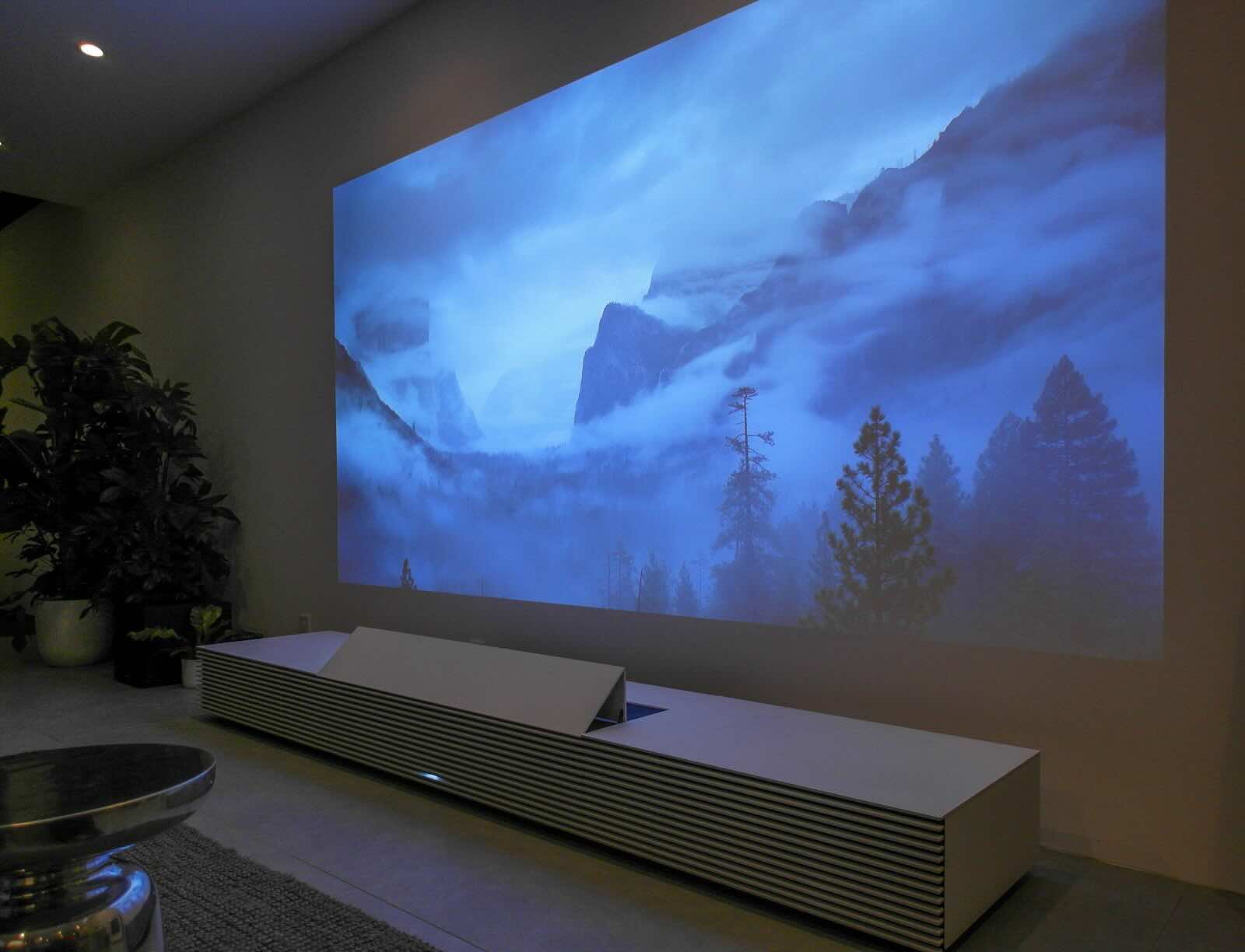
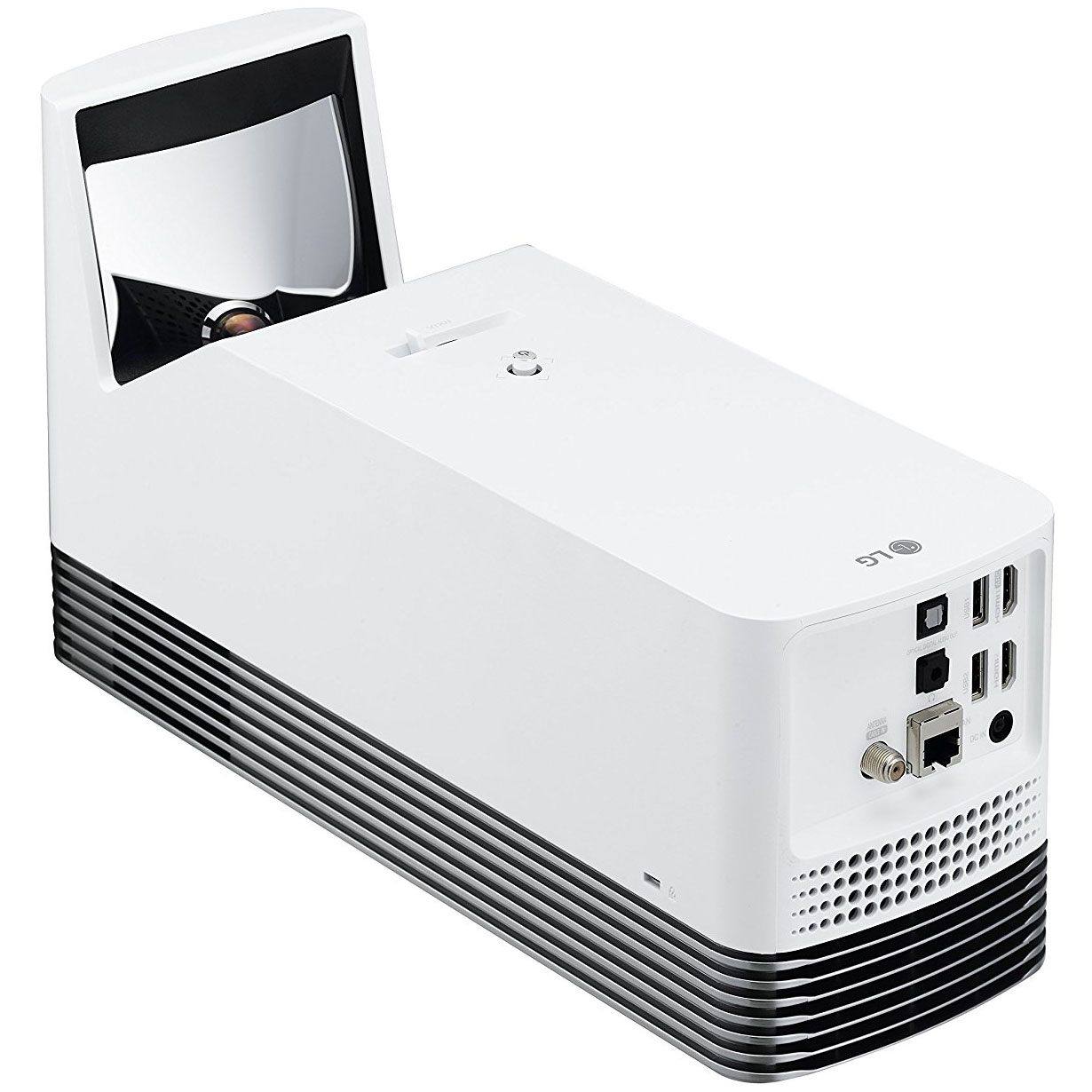
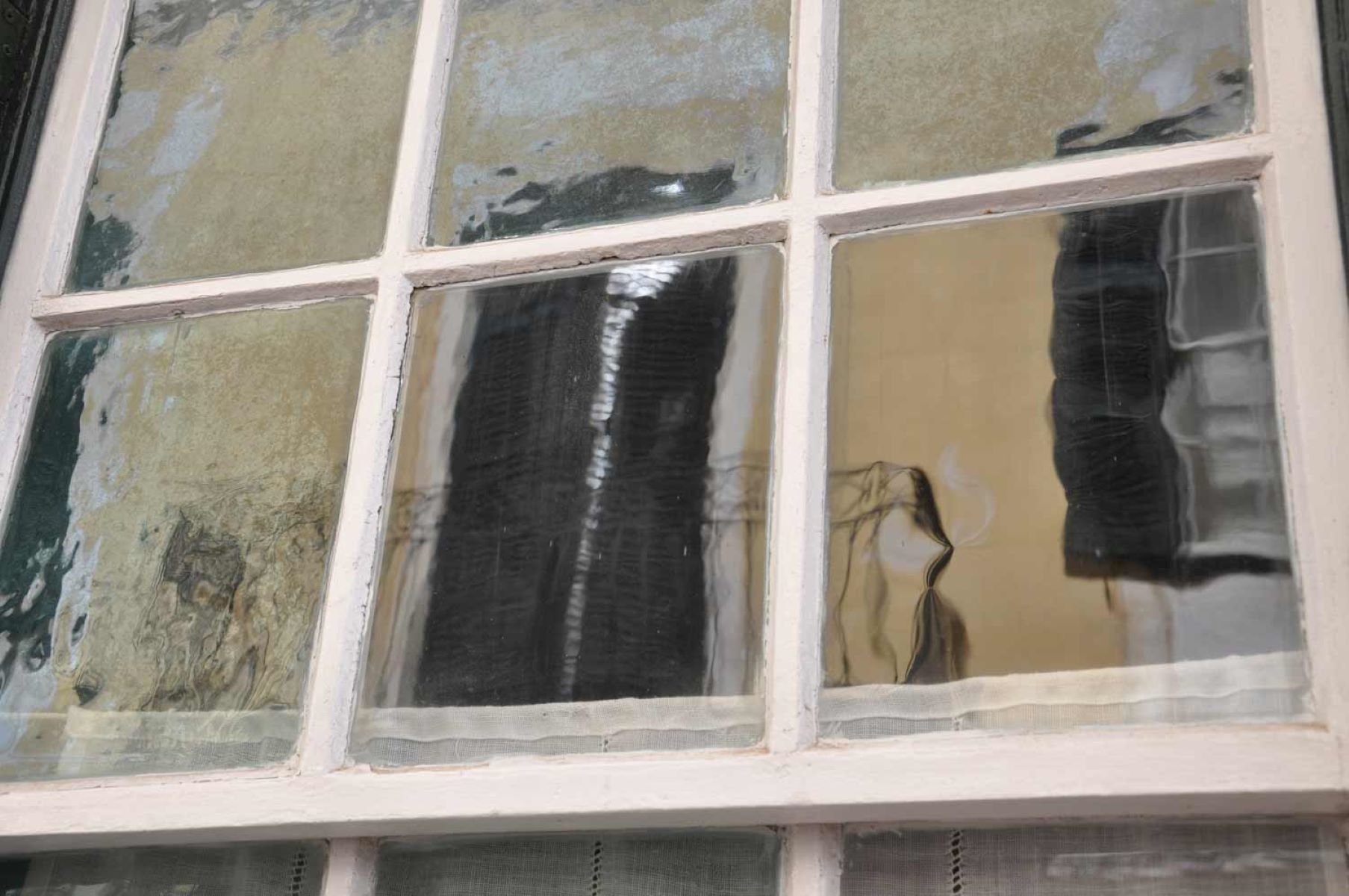

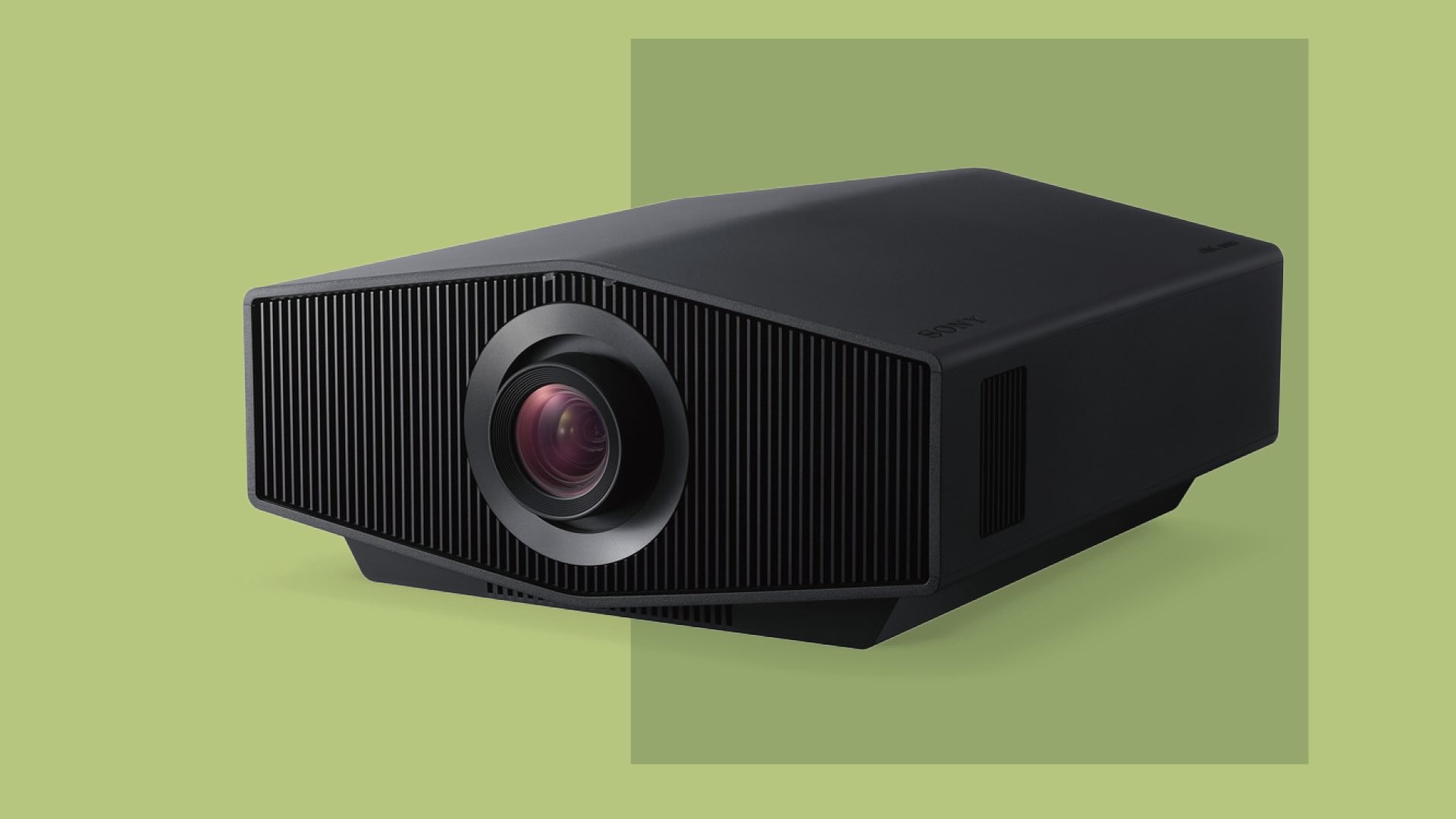
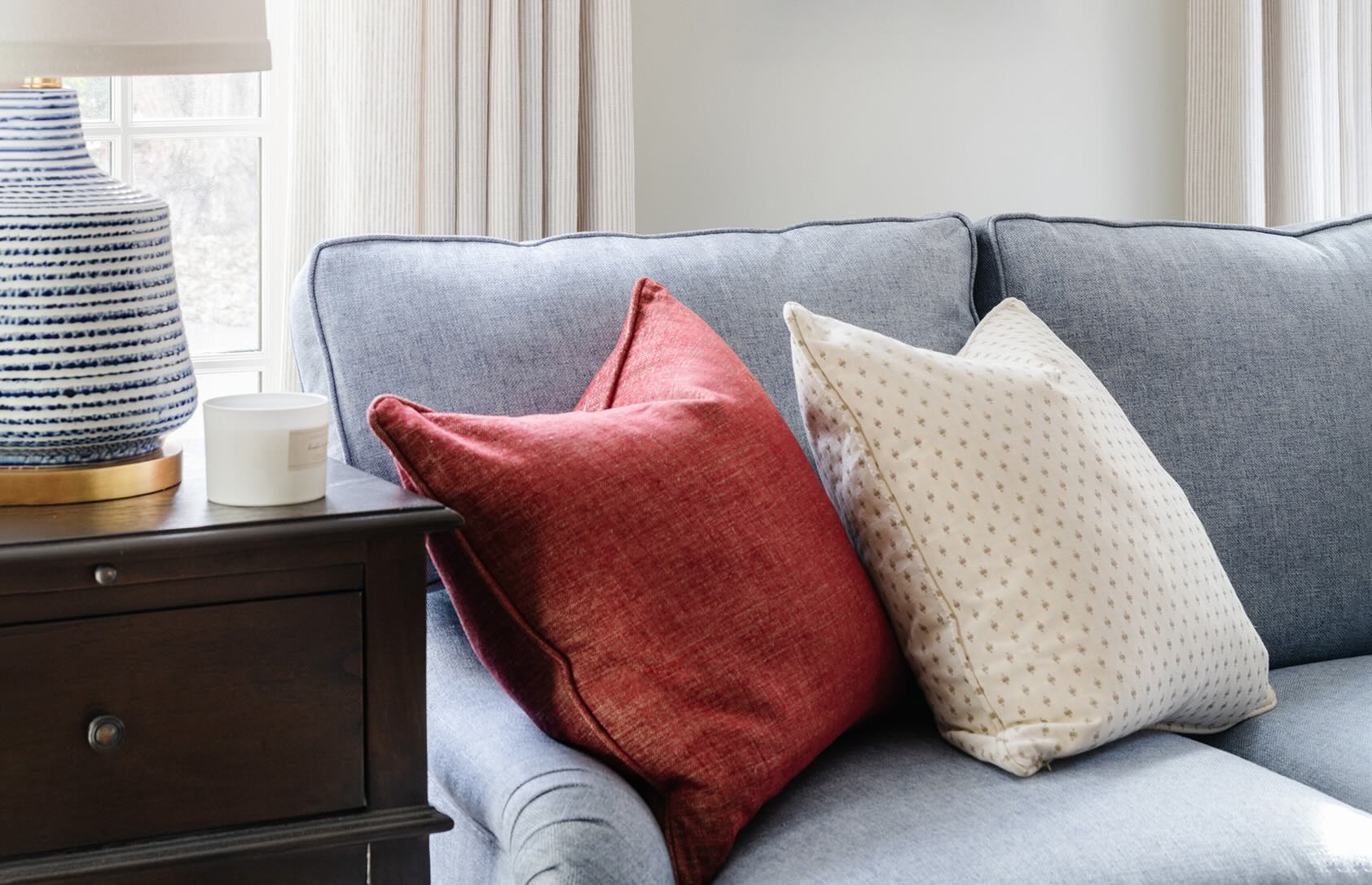
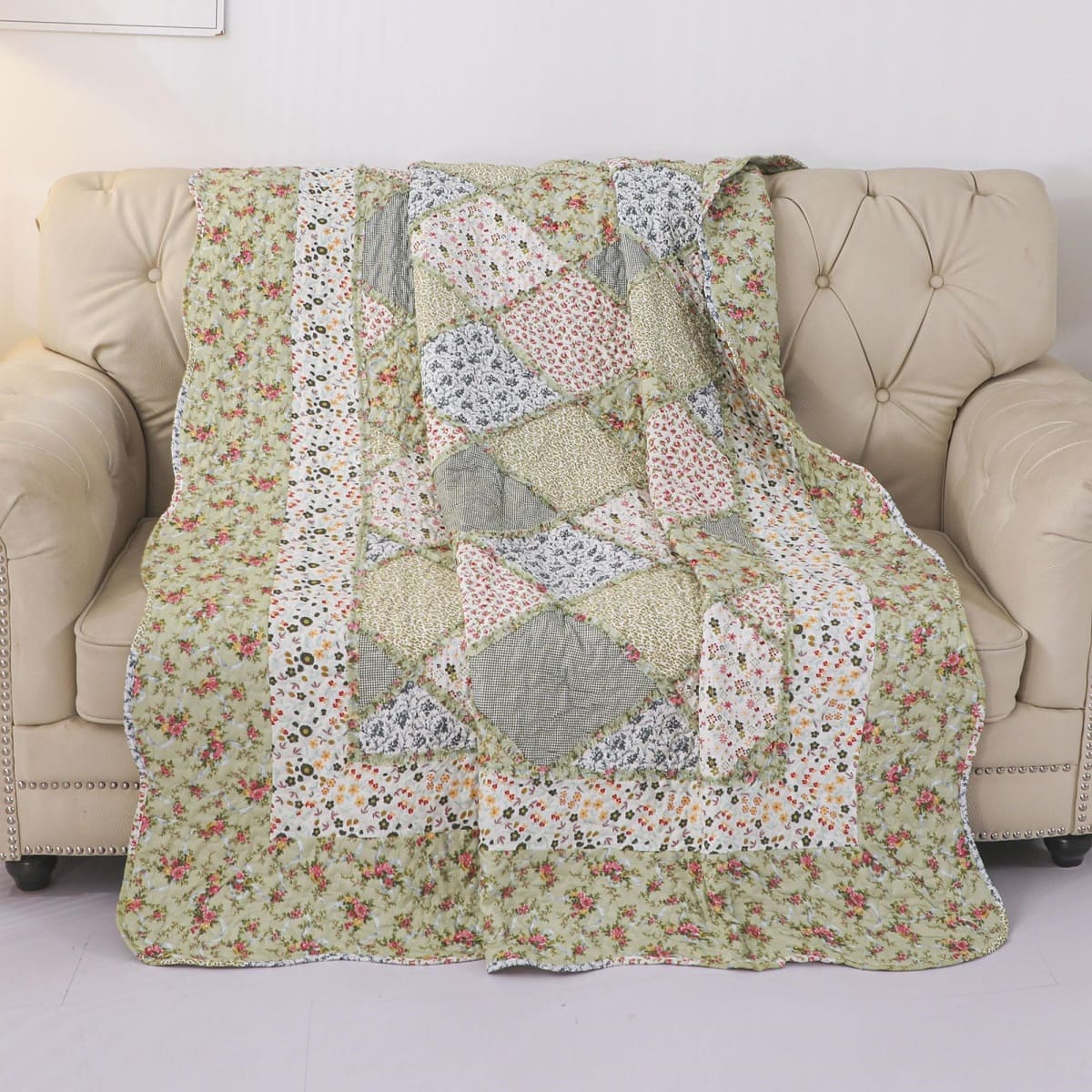
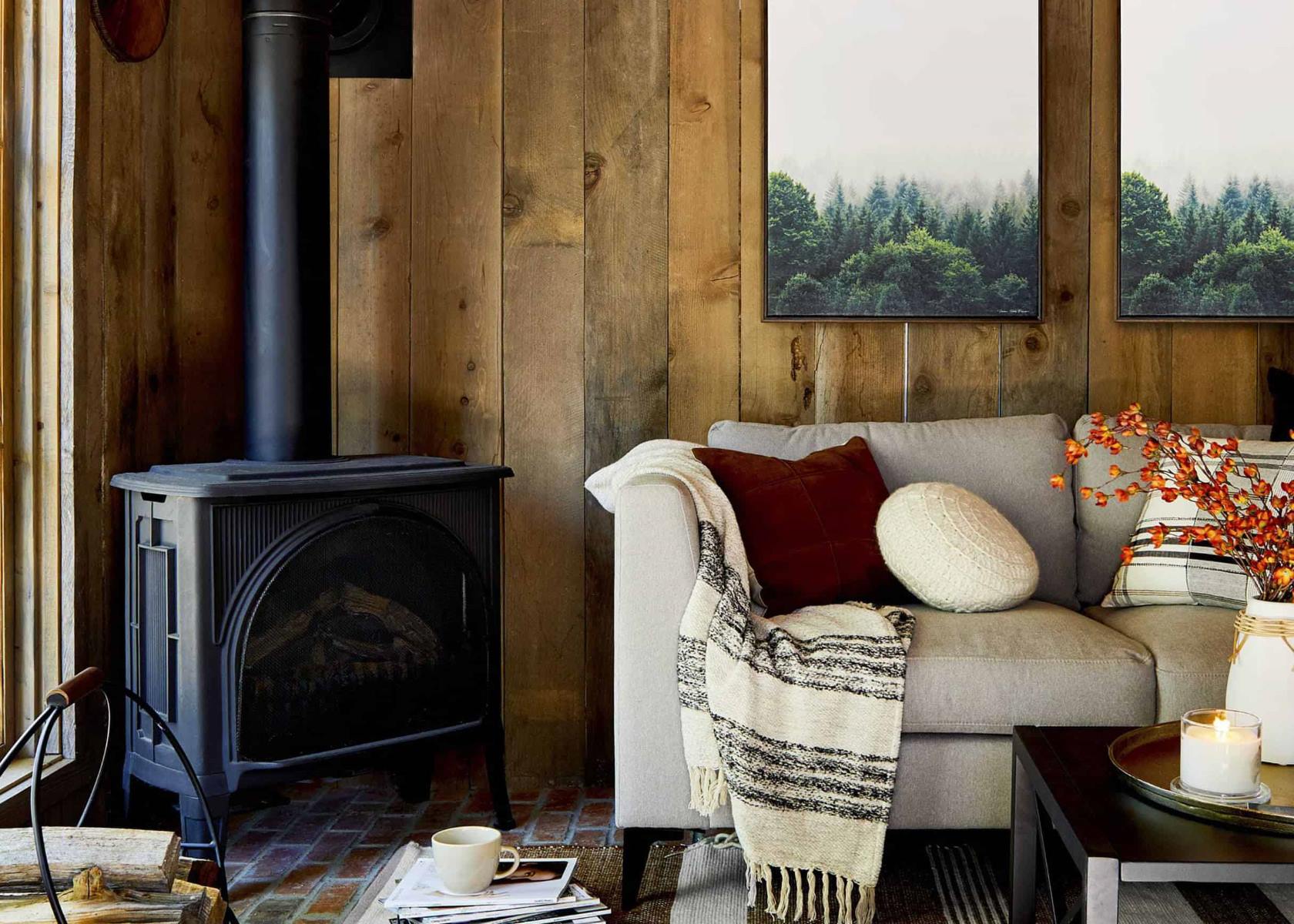

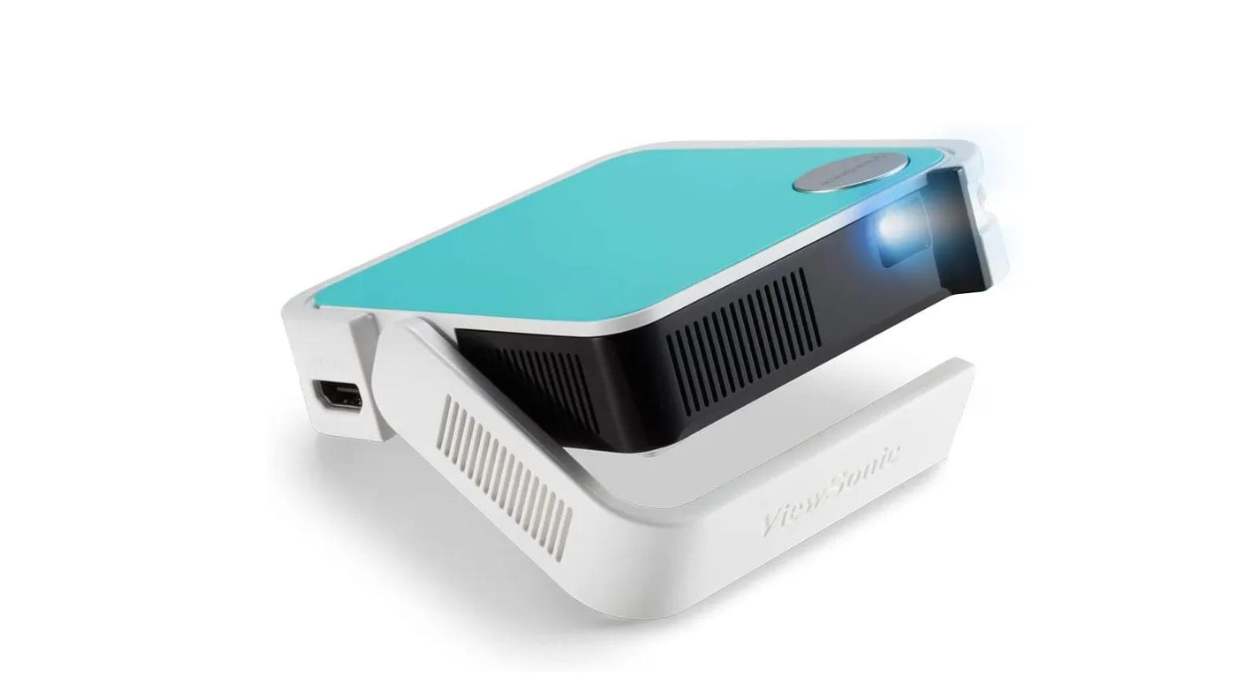

0 thoughts on “What Is The Projector Throw Ratio”